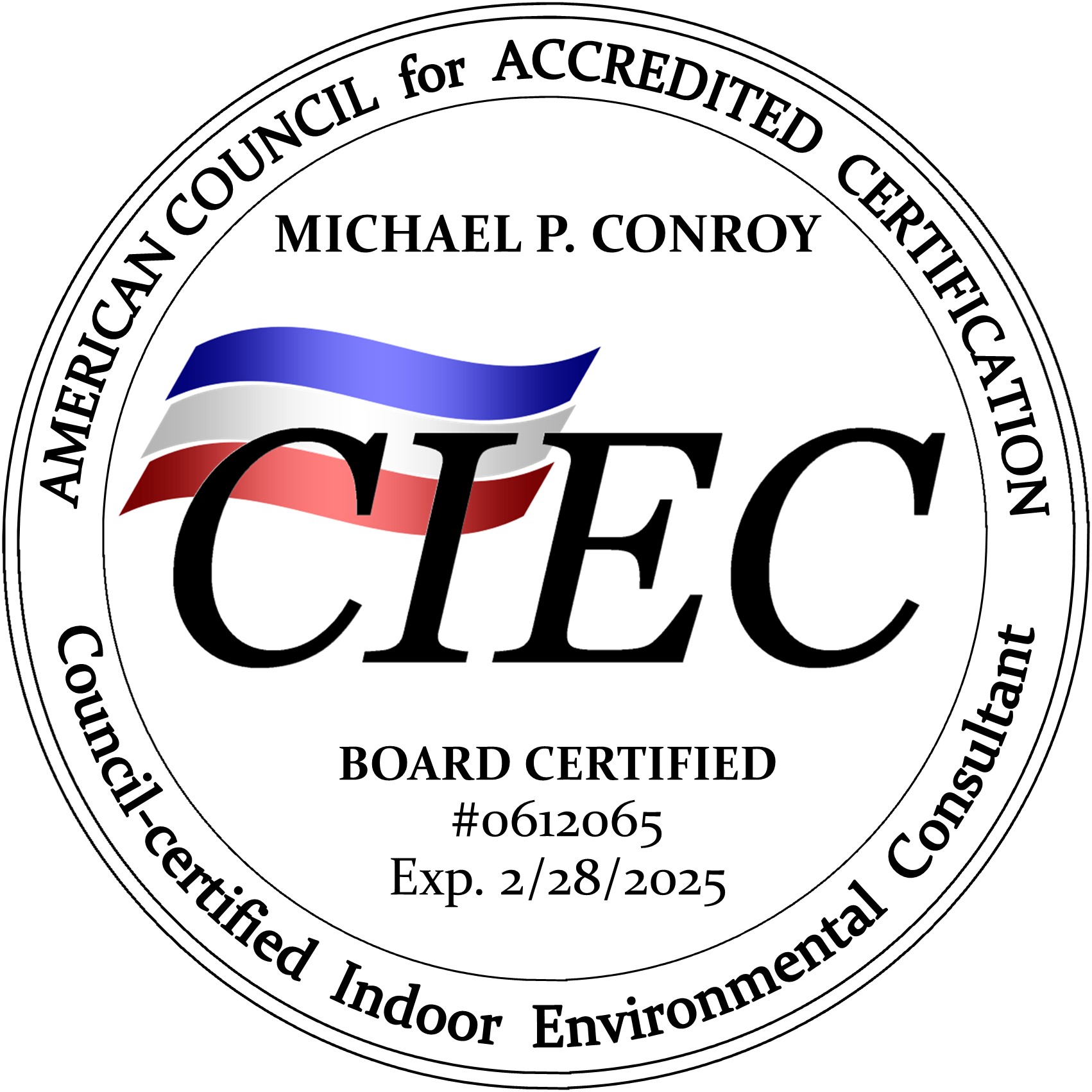Expert Dry® Podcast
Through my podcasts, you’ll gain valuable perspectives, practical tips, and a deeper understanding of the intricacies involved in water mitigation and mold remediation.
Dew Point, Humidity, and Temperature, Oh My!
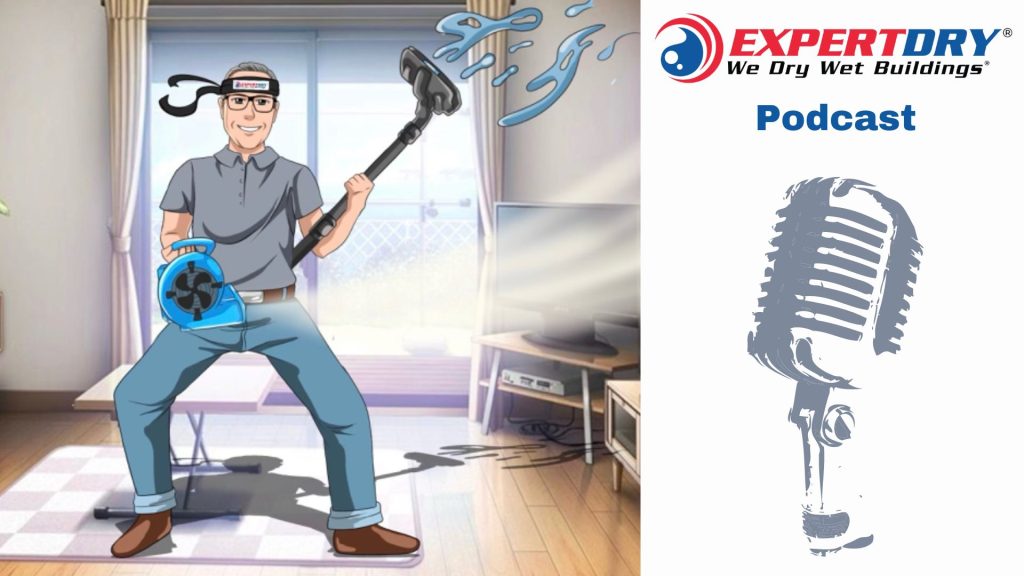
Click to Read
Click to play button above or read the transcript below.
Dew Point and Humidity and Temperature, Oh My
As a child, One of my favorite films was “The Wizard of Oz”.
In one scene Dorothy asks the Tinman if they might encounter any wild animals when following the Yellow Brick Road to see the Wizard in Emerald City
The Scarecrow asks the Tinman if the wild animals eat straw, but the Tinman responds they would most likely meet Lions and Tigers and Bears.
Scarecrow should have been more concerned with mold in the forest because mold is a much more aggressive straw digester.
If the Scarecrow were to team up with me in indoor mold assessments we’d often be called to solve somewhat simple mold issues.
Mold from moisture from leaking pipes, perhaps a leaking roof. Maybe mold in a wall from rainwater entering through a poorly caulked window.
Easy Stuff! Even a guy with no brain could figure that out.
But what if the mold growth was caused by Dew Point and Humidity and Temperature.
OH MY!
We may need a wizard to sort that out.
What’s Dewpoint?
Dew point is the temperature at which condensation happens. (Dew is simply condensed water in the atmosphere.)
Condensation is the process where water vapor becomes liquid. It is the reverse action of evaporation, where liquid water becomes a vapor.
So what?
Well, in some investigations we’ve seen water dripping from the hallway ceiling in a condominium in a location with no water pipes or drains.
A clothes dryer exhaust duct ran down the center of the hall ceiling. Warm humid air from outdoors was forced into the dryer duct by wind.
When the outside air cooled to the dewpoint about 40 feet into the condominium the water vapor turned to liquid water and dripped from the duct and into and through the ceiling
In other cases, water condenses on the inside of windows when the air inside a structure reaches the dewpoint when it contacts the glass transferring cold temperatures from outside.
HVAC condensate lines, HVAC unit cabinets and ductwork often supports mold due to the moisture condensing on those cold surfaces.
Even refrigerator and freezer gaskets around the doors grow mold due to the cold from inside the appliance transferring through the gaskets.
While mold requires an organic food source, the dust, debris and previous mold spores are attracted to and held to other wise non food glass, metal and concrete by condensation on those surfaces.
Mysterious mold growth on concrete ceilings and walls are usually nearby a cooler pipe, metal structure, duct or temperature transfer that can hold a cooler temperature than other surrounding areas.
Moldy, rusty HVAC registers at the dew point condense water vapor and provide the moisture for mold.
It’s all pretty simple but requires some thought.
A brain helps,
Wizards are welcome.
- All
- Articles
- Indoor Environmental Consulting
- Infared Thermal Imaging
- Mold Assessment & Remediation
- Podcasts
- Water Mitigation

Why Choosing the Right Indoor Air Quality and Mold Expert Matters

Do I Get a Home Inspection or Mold Inspection?

Who can benefit from this service?
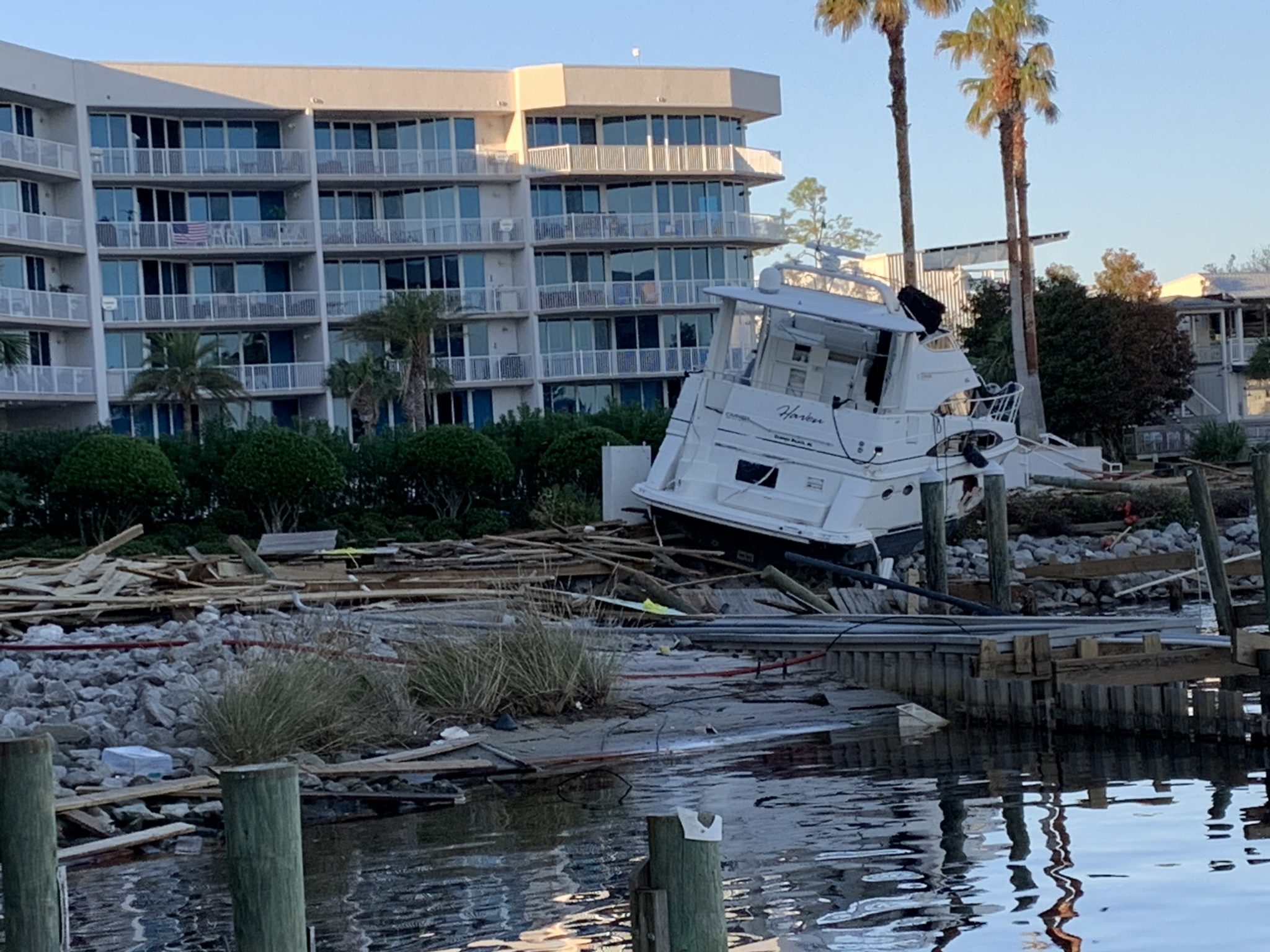
Damage Restoration Recommendations

Mold and/or Mildew and the “M” Word
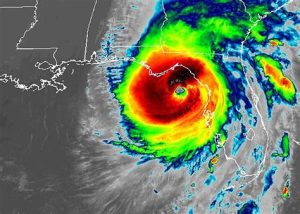
Why Choosing the Right Indoor Air Quality and Mold Expert Matters

New Qualification: Mike Conroy Achieves Asbestos Inspector Certification
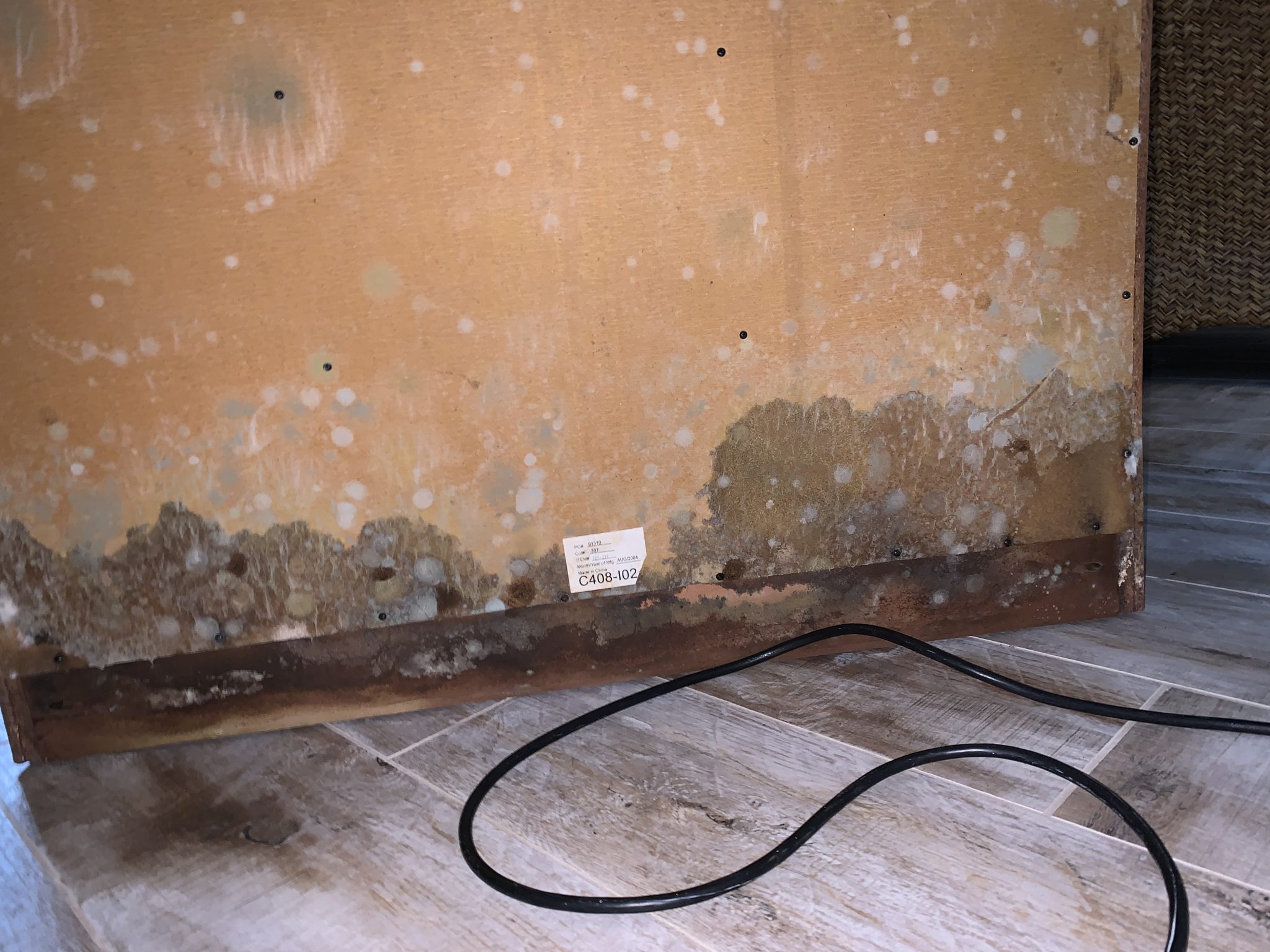
Getting the Most from Mold Remediation

Adventures of the Traveling Mold Guy





